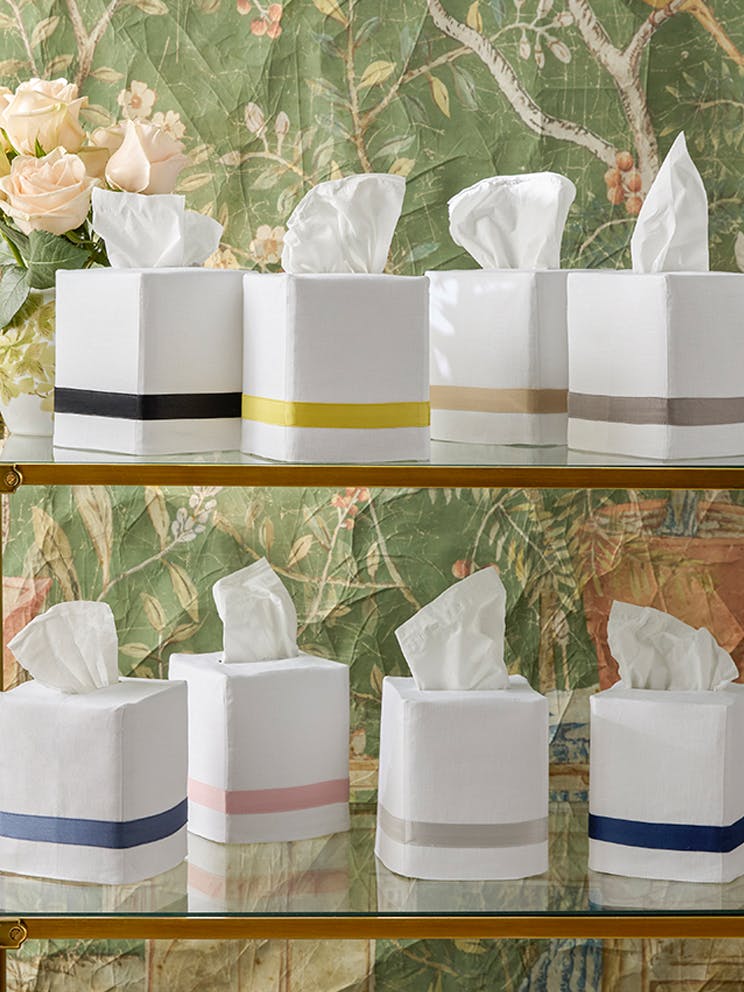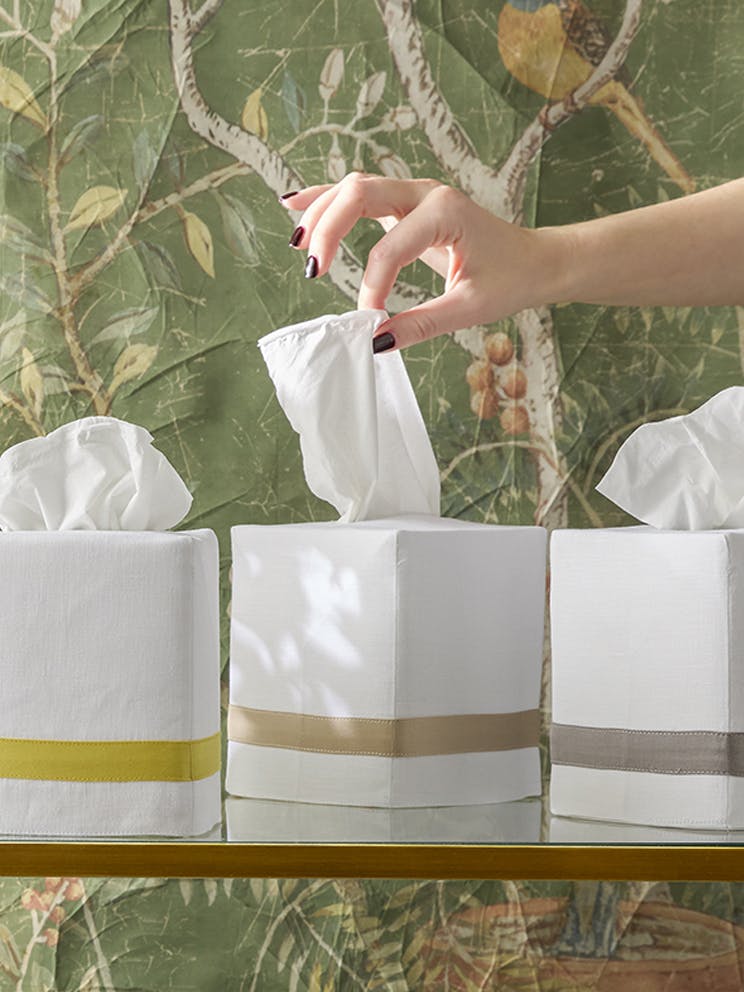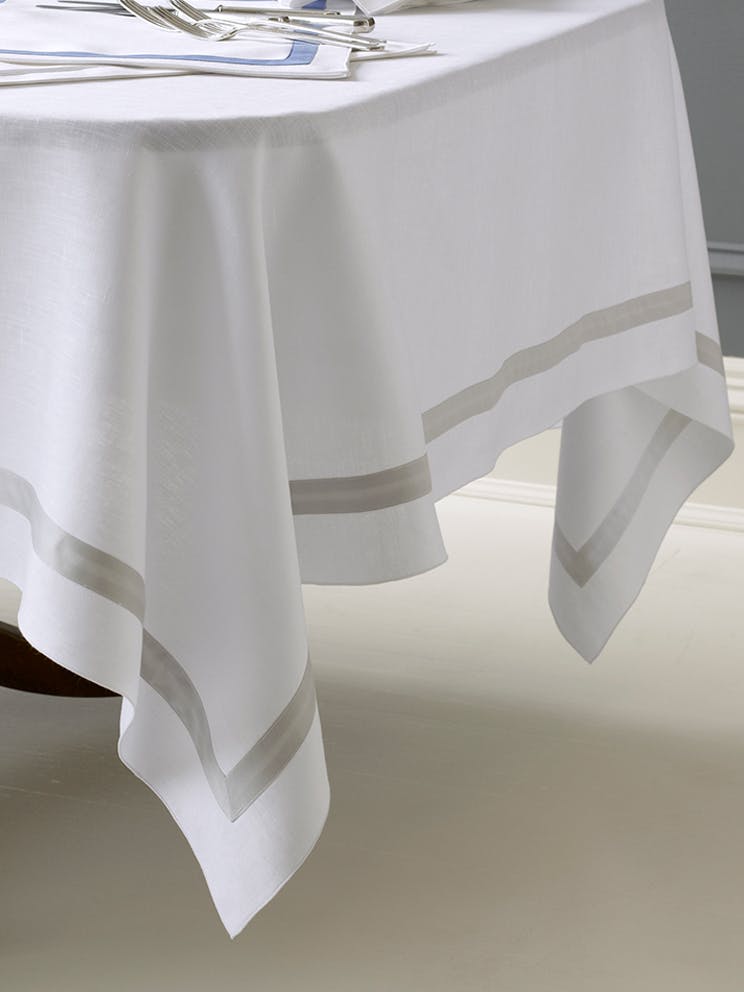We reveal the facts, figures, and myths behind the much-debated bedding term.
"Thread count” can be a confusing phrase to the bedding buyer. Is it a mark of craftsmanship or simply a marketing phrase? The truth is there is much more that goes into quality linen than a catchphrase. Below, we reveal the ins and outs of thread count and what you need to know to make a smart sheet purchase.
The Facts and Figures
What is thread count?
Thread count is defined as the number of threads per one square inch of sheeting. For example, a 600-thread count sheet has 600 threads per square inch.
Does thread count really matter?
Generally, we equate high thread count sheets with high quality. But in fact, bigger does not necessarily mean better. The quality of the yarn is crucial in determining the fineness of a sheet. There’s also the weaving technique to consider.
What is the best raw material?
Egyptian cotton is considered the world’s finest cotton. Geographically, the conditions in Egypt are ideal, and agriculturally they’ve perfected the process. When raw Egyptian cotton is combed out, each fiber - also called the staple - is very long and delicate. Egyptian cotton has the longest staple, making it the highest quality as the longer the staple, the finer the yarn.
What makes a yarn high quality?
It’s all about the raw material itself—in this case, cotton.
How is such delicate yarn strong enough to withstand the weaving process?
Yarns are twisted together for strength. The yarn used for bedding like Gatsby is so fine that four must be twisted together to create the actual yarn that is woven, and that twisting process gives it its strength. That is also why the thread count is so high. The threads are so fine that 1,000 of them fit into one square inch.
The Myths
If lesser quality yarns are twisted together, you can achieve the same quality.
Thick yarn isn’t a problem if the weaving construction is not too dense. It is important to achieve what we call a balanced weaving construction. Say a yarn made from four strands of thick cotton is woven very tightly for the purpose of packing as many threads as possible into a square inch and thus achieving a very high thread count. That fabric will likely be lumpy, and thus not high quality or particularly pleasing.
Thread count is the only factor to consider when considering bedding.
Thread count is not the determining factor of quality sheeting. A buyer should look for the following details when comparing bedding choices.
-
Pay attention to the distinction between where the fabric was woven and where it was cut and sewn into a sheet. For example, many of our labels read “Made in the United States of fabric from Italy.”
-
While it’s okay to lean towards a higher thread count, don’t be fooled into only looking at thread count. It’s just one piece of the equation. For example, is our 1,000 thread count sheet Gatsby the most luxurious sheet in the world simply because of the high number? It is a combination of the thread count and the time-honored tradition of high quality that makes Gatsby so highly regarded.











